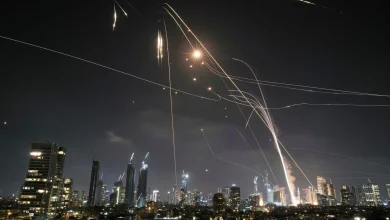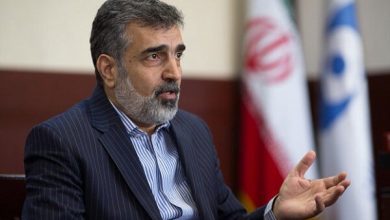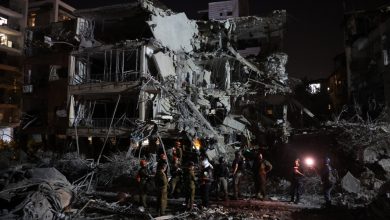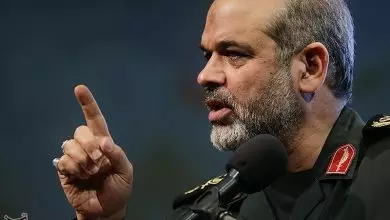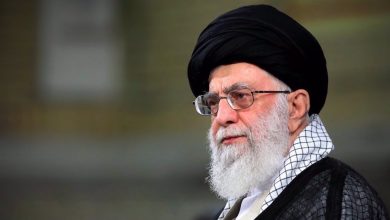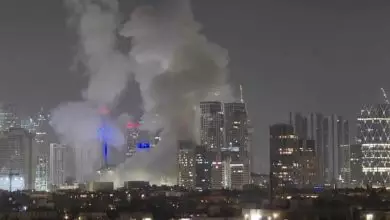Profile: Major General Hossein Salami: Visionary Military Leader and Architect of IRGC Transformation
The Islamic Revolution Guard Corps (IRGC) has confirmed the death of Major General Hossein Salami, the commander-in-chief of its forces, following a reportedly treacherous attack attributed to Israeli elements in Tehran during the early hours of Friday.
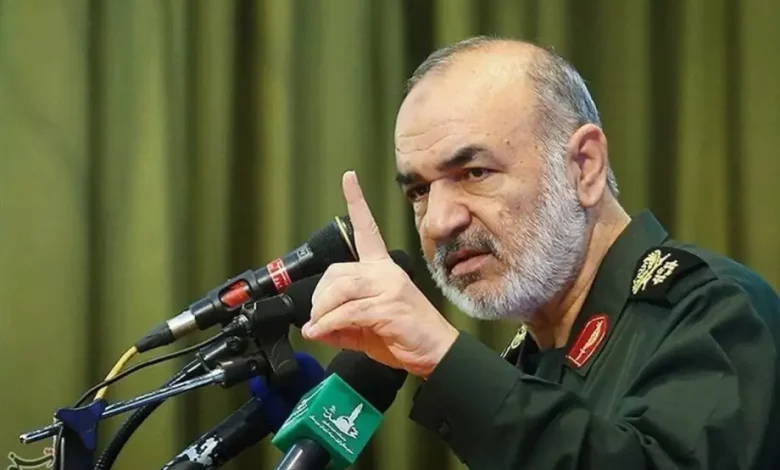
The Islamic Revolution Guard Corps (IRGC) has officially announced the death of Major General Hossein Salami, the commander-in-chief of its forces, following an Israeli assault in Tehran during the early hours of Friday.
In a statement, the Islamic Revolutionary Guard Corps (IRGC) honored their fallen commander and pledged retribution for his death.
The statement emphasized Major General Salami’s distinguished role as a leading figure in the Islamic Revolution, highlighting his expertise across scientific, cultural, security, and military sectors. It portrayed him as a dedicated and wise presence, consistently at the forefront of defending the revolution’s ideals and the nation.
In the early hours of Friday, indiscriminate Israeli aerial assaults targeted numerous civilian areas in Tehran, the capital, as well as several other provinces, marking a significant escalation in aggression.
Major General Hossein Salami, born in 1960, hails from the village of Vaneshan in Golpayegan County, situated in the northwestern region of Iran’s Isfahan province.
In 1978, as opposition to the Western-supported Pahlavi monarchy intensified, he secured admission to the Department of Mechanical Engineering at the University of Science and Technology. However, with the onset of the Iran-Iraq War in the early 1980s, he opted to join the Islamic Revolution Guards Corps (IRGC).
During the eight-year conflict, he was an active member of the 14th Imam Hossein Division, stationed out of Isfahan, and participated in operations both in Kurdistan province and on the southern frontlines.
He assumed multiple combat and leadership responsibilities alongside his fellow soldiers throughout the conflict.
Subsequently, he assumed command of operations in the Nuh Nabi naval region, one of the five naval districts under the Iranian Revolutionary Guard Corps’ jurisdiction, based in the city of Bushehr. This sector is responsible for ensuring the security of Khark Island, along with its critically important oil terminals.
Following the conclusion of the conflict, Major General Salami pursued further academic studies at the AJA University of Command and Staff, a central institution for the Islamic Republic of Iran Army. Simultaneously, while instructing at the IRGC University of Command and Staff, he finalized his academic pursuits at the University of Science and Technology. Moreover, he was also part of the faculty at the National Defense University.
He led DAFOOS from 1992 to 1997, followed by a role as deputy director of operations for the IRGC Joint Staff from 1997 to 2006. He assumed command of the IRGC Aerospace Force between 2006 and 2009, before becoming deputy commander of the IRGC General Staff from 2009 until 2019.
During his leadership of the Aerospace Force, Hassan Tehrani Moghadam, regarded as the father of Iran’s missile program, consistently expressed high regard for Salami. He acknowledged Salami as a distinguished figure with remarkable abilities and a steadfast dedication to the Islamic Revolution.
Amir Mustafa Salami holds the position of commander within the Islamic Republic Army and serves as an official at the Khatam al-Anbiya Central Headquarters, which functions as the unified combat command center for Iran’s Armed Forces.
In April 2019, Major General Salami took the helm as the IRGC commander, significantly influencing developments amid rising tensions with the United States and Israel.
Salami emphasized Iran’s achievements being rooted in self-reliance and confidence, stating that while there was a time when they relied on others for infrastructure such as power plants, nuclear capabilities, and aerospace knowledge, today they are capable of constructing their own satellites, refineries, and power plants.
He stated that Iran has made significant advancements in aerospace technology, successfully launching a satellite into Earth’s orbit. These accomplishments, however, have reportedly resulted in the assassination of the nation’s scientists by adversarial forces.
In addressing the country’s nuclear program, he stated, “The adversaries aim to strip us of our nuclear capabilities, yet the 5+1 agreement failed to deter the Iranian nation from advancing in nuclear science and yielding to the will of the people.”
In 2013, Major General Salami underscored Iran’s military prowess, stating that the country had transcended the times of oppression experienced during the Sacred Defense. He pointed out that Iran now possesses significant authority both visibly and strategically, with no shortages in missile capabilities or human resources.
He stated, “Our radars are operating at peak performance, a result of two key factors: the foundation of the Islamic Revolution and the strength derived from our unity, empathy, and solidarity.”
Major General Salami provided an analysis of the situation in the West Asian region, articulating that the strategy of the hegemonic system, specifically the United States, revolves around four fundamental issues: Islam, energy, geopolitics, and the security of the Zionist regime.
He stated that four core issues have been instrumental in defining the framework and primary structure of US strategies in the region. The strategic missteps by the United States concerning these crucial objectives have led to adjustments and shifts in its policies across various parts of the Islamic world.
He emphasized the necessity of a competent leader steering the nation, asserting that under the guidance of the Leader of the Islamic Revolution, Ayatollah Seyyed Ali Khamenei, the country is making progress in science and technology.
He stated that significant strides are being made in exploring the vastness of space and launching satellites, marking a progression toward the advanced capabilities of nuclear science. Despite efforts by powerful global forces to hinder these achievements, resilience remains unwavering.
The passing of a key figure symbolizes the conclusion of an era, yet the struggle against the adversary persists.

